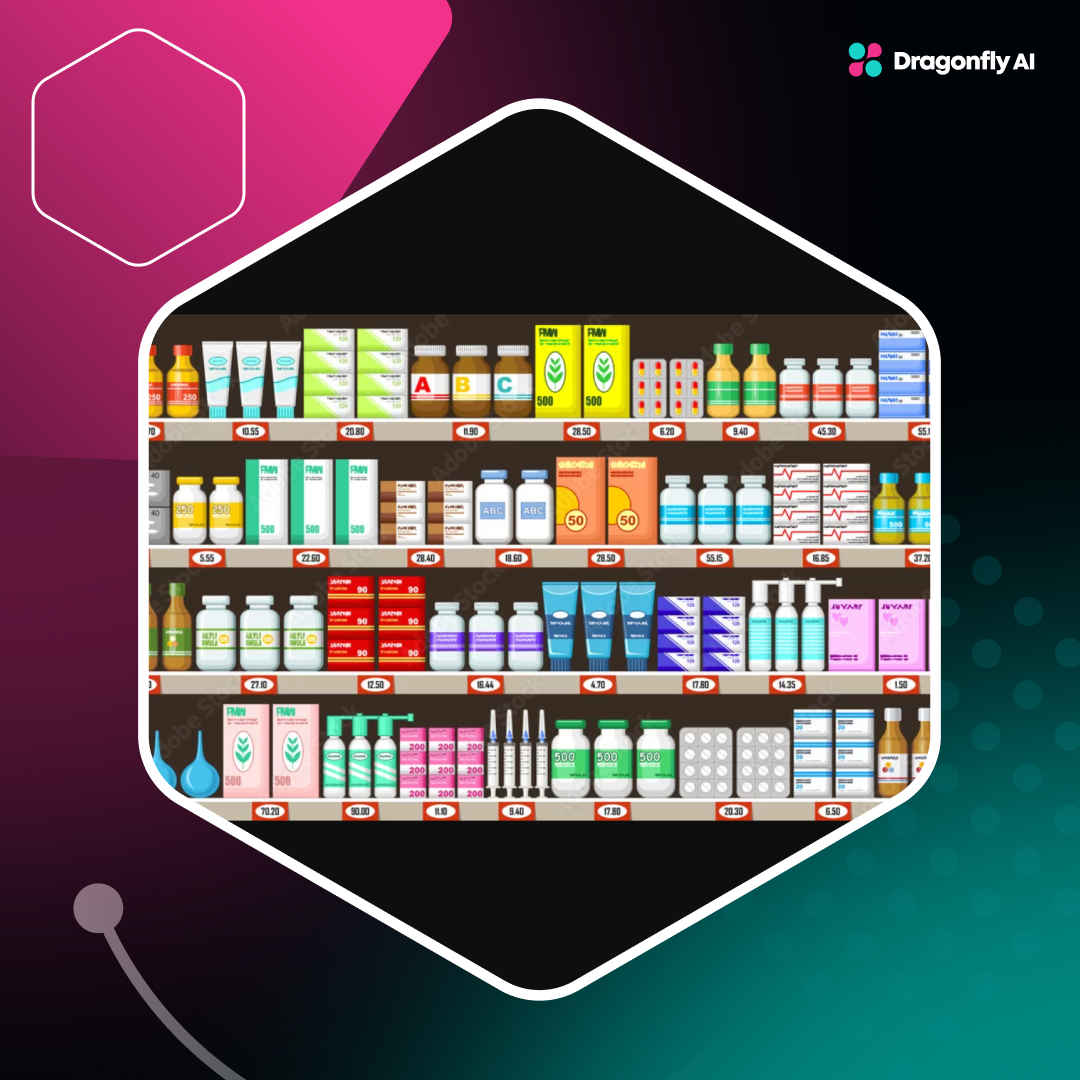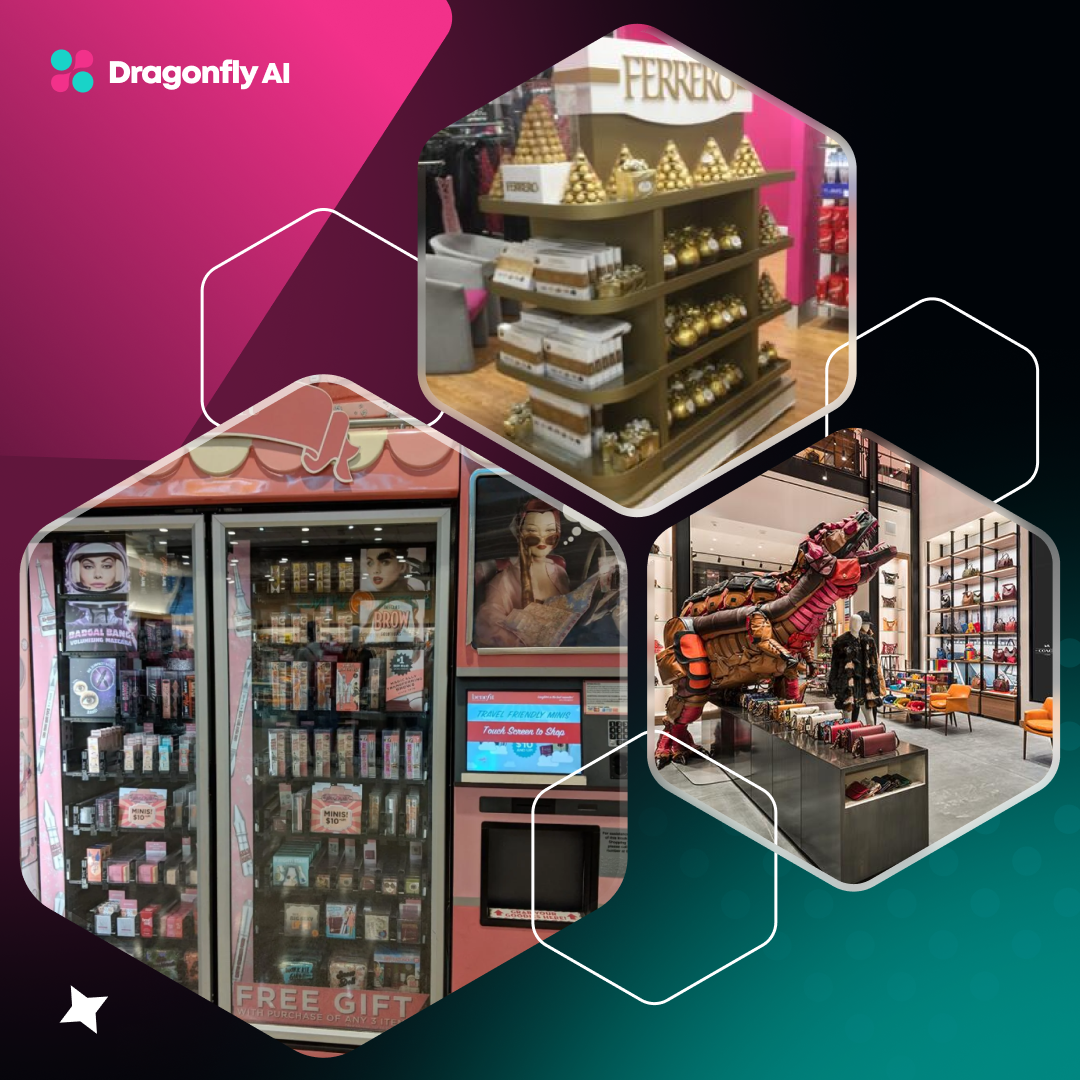Lights. Camera. (Product) Placement.
Have you ever heard of the actress Nestle? Probably not, but you have definitely seen or heard the popular CPG brand mentioned on set. Do you remember the episode of Friends called “The One About Phoebe’s Cookies” when Monica is dedicated to making Phoebe’s grandma’s infamous chocolate chip cookies?
Then you may recall that the best chocolate chip cookies in the world were really just Nestle Toll House cookies.
Framing Nestle Toll House as the best chocolate chip cookies, can definitely persuade consumers to buy Nestle’s products or at the least, crave a chocolate chip cookie.
Whether it is the mere mention of a brand name or a product strategically placed in the frame, brands can use product placement to influence consumers.
What is product placement?
By definition – product placement, also referred to as embedded advertising or marketing, is a strategic technique that promotes a brand by positioning a product in a piece of content.
The difference between brands paying for product placement and traditional advertising is that product placement appears more inconspicuous, when done correctly of course. Traditional advertising is becoming less popular due to steaming services like Netflix that have completely gotten rid of paid ads. So product placement gives brands an opportunity to show up in channels when consumers are least expecting using a more organic approach.
Brands can collaborate to include their name, product, or service in a movie, a tv show, or even a video on social media.
The three main types of product placement advertising are:
- Visual is when a product is subtly displayed to the audience
- Verbal is when a character directly mentions a brand or product
- Virtual is when production uses innovative technology to inserts a brand even after filming
Products can use functional placement, integrated placement, or plot placement to increase their influence by being more integral to the storyline. Not all product placement is paid, sometimes it is just organic placement. This is when a brand doesn’t pay to be placed but is included because it makes the scene seem more realistic.
Product placement can psychologically affect consumers by:
- Creating positive association and evoking emotion
- Positioning the brand as top of mind
- Generating social proof
These psychological effects can ultimately increase purchase intent because consumers are more likely to purchase products when they are associated with positive emotions, are top of mind, and are liked by others.
However, if product placement is overdone or perceived as intrusive or misleading, then it can elicit the opposite effect and trigger negative reactions. Which is why product placement must be seamlessly executed.
The Art of Product Placement in Film
Case Study: Barbie Movie
Barbie was the highest grossing movie of the year, earning more than $600 million in the United States and over $1.4 million worldwide.
The Barbie movie is really just a 1 hour and 45 minute long commercial for Mattel. And after Barbie was released, Barbie sales significantly increased by 25%, along with increasing Mattel’s brand awareness ten fold.
However, Mattel wasn’t the only brand to profit from reaching millions of people watching the movie. Here are a few examples of Barbie movie product placement:
“Barbie” Margot Robbie toting around a heart shaped Chanel Purse “Ken” Ryan Gosling wearing three Tag Heuer watches.
.png?width=1280&height=700&name=Blog%20image%201%20(20).png)
General Motors had a stronger brand presence with 5 different products placed throughout the movie including the new 2024 Chevy Blazer SS EV, garnering more than 10 minutes of screen time. Some people didn’t notice and others thought it was overly evident.
What worked well for this product placement, whether it was overly evident or not, is that Chevy and Barbie have brand alignment. General Motors is the only major automotive company led by a female CEO and after being featured in the movie, searches for Chevy increased by 120%.
Another strategic Barbie movie product placements that worked well and ended up going viral was Birkenstock. When Crazy Barbie offers Barbie the opportunity to leave Barbie Land and enter the real world by showing her a pink heel and a Birkenstock sandal. The brand placement added realism to this comical, viral scene – elevating the storyline and integrated in a way that didn’t feel forced.
Case Study: Mean Girls
The product placement in Tina Fey's Mean Girls Musical was dissected by the media for doing the exact opposite of what worked so well in the Barbie movie product placement.
One blog refers to Regina George’s introduction song as “I am Regina George and I am a massive (brand) deal.” Due to the overt display of several brands, including:
- E.l.f
- SeatGeek
- Spotify
- Motorola
- Secret
- Glossier
- Jeep
- Perrier
- Bubbly
In the world of social media and influencers, consumers have grown tired of scripted content. So when Cady tell’s Damian that her lip gloss shade is “e.l.f O-Face” the obvious product placement was too invasive, especially after several long pauses on e.l.f products like when Regina’s e.l.f lip oil conveniently fell logo up in the sink.
The movie was criticized for too much brand promotion with a heavy mix of both visual and virtual product placement. SeatGeek and Spotify’s product placements were also very noticeable:
- When Gretchen shows Cady a Spotify playlist which then becomes the focus of the entire screen and is also verbally mentioned
- When SeatGeek is announced as the sponsor of the Trimathlon
Let’s dive into what Mean Girls production could have done differently with their product placement advertising to avoid the audience from audibly groaning, laughing, and rolling their eyes at the screen.
Product and Brand Alignment with the Character’s Brand Identity
Mean Girls was bashed for not being authentic when it came to brand placement, especially for Regina George. Regina’s character is your typical “it girl” and fans feel as if they know her.
Once the movie was released, the audience criticized the brand deals because they were not genuine to Regina’s character. Fans commented that Regina would never drive an orange jeep or use a lower-end makeup brand like e.l.f.
Avoid Forced Content
To steer clear from making your audience feel imposed, make sure product placements are as subtle as possible. For example, not using the full product name or pausing too long on a product visual will help the product placement appear more seamlessly integrated.
Reduce the Amount of Product Placements and Brand Deals
While e.l.f had a distinct presence throughout the movie, so did other brands like Samsung’s flip phones. Reducing the amount of times a product is shown or mentioned will help the product placement be less detectable.
Having competing brands can lower the ROI and brand value for product placement so featuring two brands in the makeup category, e.l.f and Glossier and two sparkling water brands, Bubbly and Perrier, is not effective for the brands and can be confusing to the audience. It would be like having someone say they love Coca-Cola and then later show them drinking a Pepsi, the placement is counteractive.
The Science of Product Placement in TV Shows
Case Study: Stranger Things
Marketers and Producers should take note of Stranger Things product placement.
Stranger Things is one of Netflix’s most popular shows of all time with over 235 million views just for seasons 3 and 4.
Eggo Waffles benefited heavily from product placement in Stranger Things, although there is no financial partnership. Netflix rarely accepts paid product placement but leverages product placement in tv shows for realism to make the timeline of the story more authentic.
Does “Leggo My Eggo” ring a bell? Eggo waffles were the leading frozen breakfast food in the 80’s, cementing the brand as a breakfast staple. This is why Netflix chose to use Eggos to add an element of genuineness to Stranger Things' 1980's setting.
-1.png?width=1280&height=700&name=Blog%20image%202%20(17)-1.png)
Eggo Waffle sales increased by over 14% and Netflix benefited from this strategic Stranger Things product placement because Kellog’s then shared and cross-promoted Stranger Things on their social media and advertising. Kellog and Netflix collaborated on a Super Bowl ad generating over 300,000 tweets during the game.
Kellog isn’t the only brand to benefit from being mentioned in Stranger Things product placement:
- A study found that Coca-Cola had the highest product placement value of any brand in the fourth season of Stranger Things with over $3 million in value.
- Coming close behind Coca Cola was Lacoste which was valued at $2.3 million all from one character, Jason Carver who wore one of their shirts during an entire episode.
- Another character that drove immense value was Max Mayfield, who drove more than $5 million in combined product placement value for Sony, Vans, Hang Ten, and Swatch.
Netflix leveraged brands that aligned with the setting, characters, and story to elevate the validity of the Stranger Things’ narrative.
Another highly popular Netflix show, Wednesday, which surpassed Stranger Things Season 4 in with over 250 million views just for Season 1, uses product placement in a very deliberate way.
Wednesday is about Wednesday Adams from the infamous Adams Family, who is sent to a prestigious boarding school. What pairs excellently with an affluent boarding school? Apple products. Nearly every kid at the school has some sort of Apple product, whether it is an iphone or a macbook. Other movies and tv shows should take note of how Netflix has thoughtfully planned and executed product placement to enhance their story’s legitimacy and bring immense value to brands.
Optimizing Product Placement with Creative Testing
As viewers become more and more aware of product placement, awareness and criticism will continue to amplify through social media. To avoid the backfire Mean Girls and e.l.f received, being strategic will be essential for effective product placement advertising.
Luckily, now there is advanced creative testing which can help studios and brands predict the audience’s attention and optimize product placement for maximum value.
Creative testing can involve a wide range of innovative tools to determine the viewer’s response before a movie or show is released. Through testing, teams can make adjustments to their product placement strategy, ensuring it aligns and resonates with their audience.
Here is how:
Eye-tracking: This technology tracks where viewers' eyes focus on the screen, revealing exactly which elements capture their attention, including product placements. Allowing producers to avoid being too obvious with product placement while still providing adequate visibility.
AI Analytics: Advanced solutions analyze footage, forecasting how viewers will respond to specific placements based on factors like the scene framework, product prominence, and audience demographics.
-1.png?width=1280&height=700&name=Blog%20image%203%20(17)-1.png)
A University study that analyzed Netflix original shows and shows on Netflix but were not originally produced by Netflix. The results show that there are significantly more product placements in Netflix original shows and that shows in the drama category had more product placements than in the comedy genre. The insights highlighted that product placement in comedy shows are 46.3% less likely to be explicit in comparison to product placements in drama shows.
Taking this information into consideration, entertainment providers can consider what is best for their genre and how they should strategically place products – improving their strategies a step further by using creative testing.
Going back to the Stranger Things product placement vs Mean Girls product placement is a good example of how comedy product placements should be less explicit which was not the case and can be a reason the product placement fell short.
Some best practices for integrating product testing are to:
- Be proactive in your testing approach
- Create a mock production to test before actually filming
- Use virtual product placement and then test
- Marketing and production need to collaborate to execute seamless product placement advertising
Measuring the Impact of Product Placement
To effectively test product placement, you should have key insights for determining the impact.
Here are a few key ways to evaluate the effectiveness of product placement advertising to evaluate potential return on investment and boost to a brand’s value:
Brand Awareness & Recall:
- Surveys & Focus Groups: Gauge how many viewers remember the brand after watching through surveys, which can be conducted online or in person.
- Social Media Tracking: Monitor brand mentions and sentiment in those discussions around the product placement on platforms like Twitter and TikTok. Did viewers discuss it positively or negatively? Did it spark memes or trends?
Sales and Value Impact:
- Sales Data Analysis: Track sales data for the featured product during and after the placement to see if there's a measurable increase. This can be challenging for some products, but provides a strong indicator of success.
- Net Placement Value (NPV): This metric, developed by YouGov, considers both the reach (number of viewers) and quality (prominence, integration) of the placement. It calculates a dollar value comparable to traditional advertising costs, helping assess the placement's efficiency.
- Return on Investment (ROI): Evaluate the overall financial benefit by comparing the placement cost to the increase in sales or brand awareness. This provides a clear picture of how much value the placement generated.
Conclusion
Barbie, Mean Girls, and Stranger Things product showcase the power and pitfalls of product placement. While Stranger Things and Barbie movie product placement achieved success through seamless integration and brand alignment, consumers felt Mean Girls product placement felt disruption since it didn’t align with the characters or narrative.
This emphasizes the essential role of both art and science in crafting effective product placements.
The Art of Storytelling:
- Authenticity is everything: Products should feel like natural extensions of the story and characters. Barbie cleverly incorporated sponsor brands while staying true to its universe. Similarly to Stranger Things using Eggo waffles to enhance the 80s setting.
- Character and brand alignment: Brands should resonate with the characters' personalities. Stranger Things strategically placed Lacoste on Jason, aligning with his preppy persona.
- Subtleness is key: Obvious product placement can be jarring. Mean Girls overdid it with continued mentions of e.l.f and Samsung, resulting in audience criticism
The Science of Measurement:
- Predictive analytics: Tools like eye-tracking and AI can gauge viewer attention and predict emotional response to placements before filming begins, enabling strategic placement decisions.
- Targeted testing: Consider genre and audience demographics when testing placements. A drama like Stranger Things can utilize more explicit placements than a comedy or different category.
- Measuring success: Utilize methods like brand awareness surveys, social media monitoring, and sales data analysis to evaluate the impact of product placements.
Marketers, embrace the dual approach! Effectively combining the art and science of product placement to unlock the full potential and maximum value. Collaborate with producers to weave products tactically into the narrative tapestry. Utilize creative testing to ensure alignment between the brand and audience for a successful product placement.



.png?width=1280&height=700&name=Blog%20image%201%20(20).png)
-1.png?width=1280&height=700&name=Blog%20image%202%20(17)-1.png)
-1.png?width=1280&height=700&name=Blog%20image%203%20(17)-1.png)